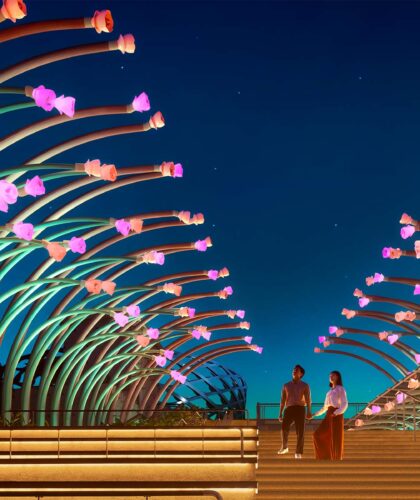To illustrate the sheer wonder of our natural world, we’ve compiled this list of 10 of Earth’s most amazing sights that should be experienced at least once in your lifetime.
1. Aurora Borealis/Australis
At the top of most travellers’ wish lists, the Aurora (Northern Lights or Aurora Borealis in the northern hemisphere or Southern Lights or Aurora Australis in the southern hemisphere) are the wow-inducing light displays visible in the higher latitude regions of the planet.
Caused by the collision of charged particles in the earth’s atmosphere, these dazzling rays of light vary in colour and complexity depending on a variety of conditions.
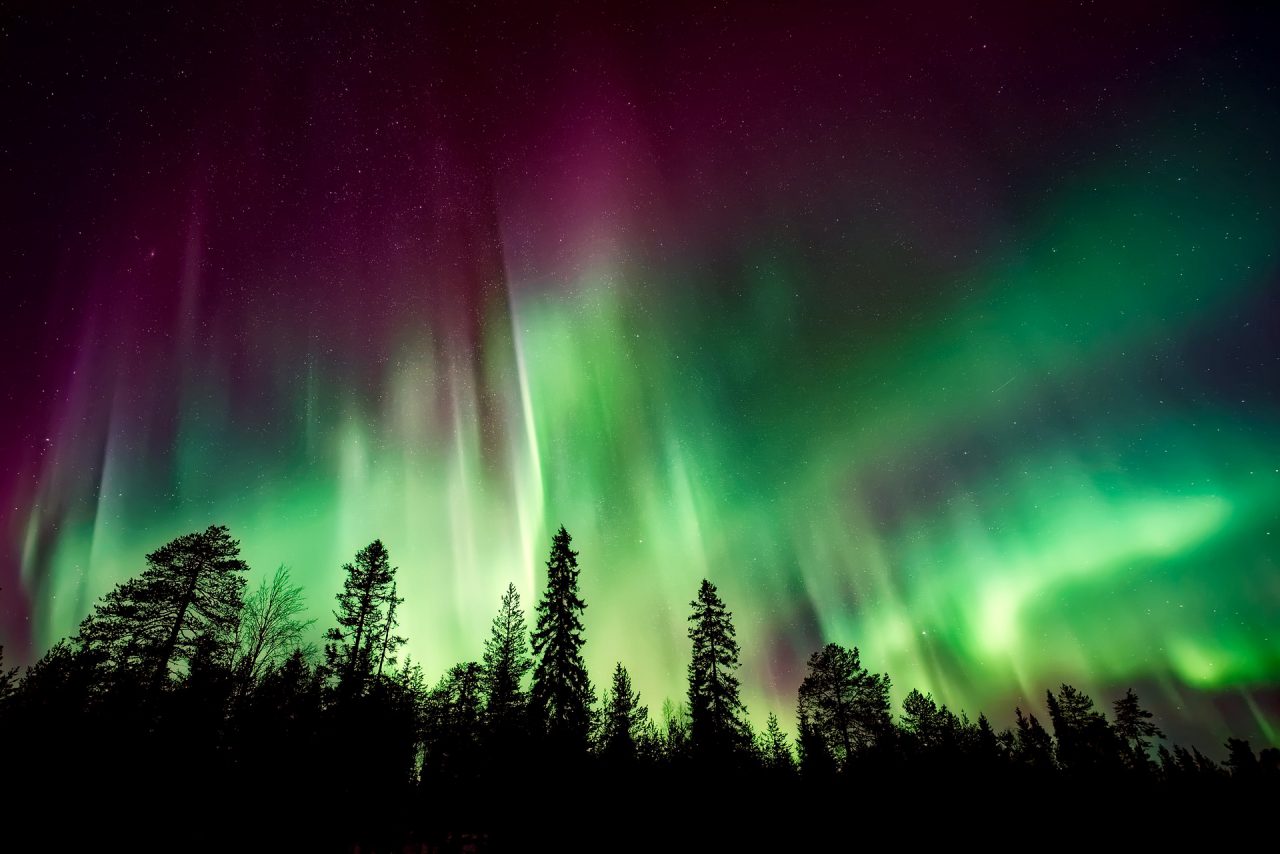
Where to see them: The aurora in the northern hemisphere are best seen in countries closer to the Arctic Circle, including Canada, Iceland, Greenland, Norway, Sweden, and Finland. In the southern hemisphere you can catch sight of the glittering light show in southern Argentina and Chile, the Falkland Islands, Antarctica, Tasmania and certain parts of New Zealand.
2. Basalt Columns
Formed by the rapid cooling of flowing basaltic lava, basalt columns are bizarre geological formations that are characterised by often hexagonal columns of rock.
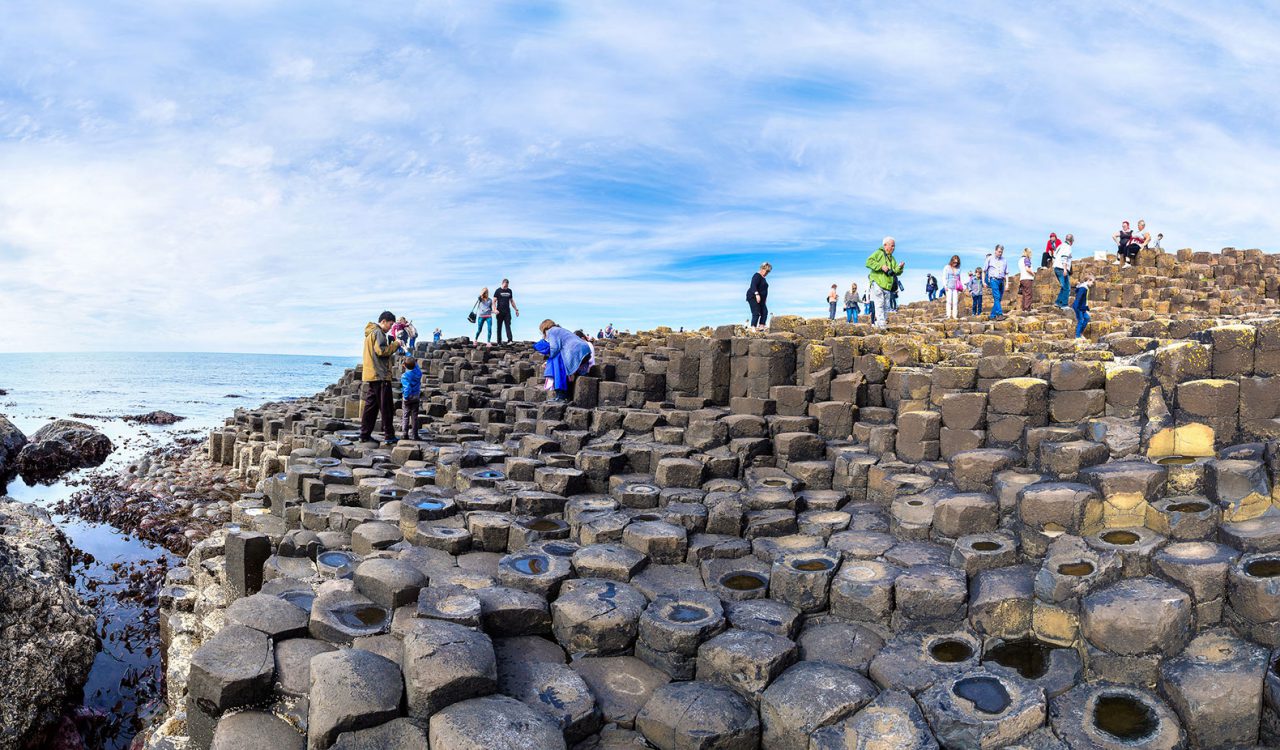
Where to see them: The most famous of the world’s columnar basalt formations, the Giant’s Causeway (above), can be found on the coast of County Antrim in Northern Ireland. Named after the Irish legend about a giant who built a massive rock path, the UNESCO World Heritage Site is one of the UK’s most beloved natural attractions and a wildly popular tourist destination.
3. Blue Holes
Typically found along shallow banks of limestone or coral reef, blue holes are unique circular formations that are essentially deep marine sinkholes. Impressive due to the distinctive contrast between the dark blue waters of the sinkhole and the turquoise waters of the surrounding shallows, the various blue holes throughout our oceans are popular tourist attractions, particularly for avid divers.
Even though the poor water circulation found within blue holes creates an environment in which not many life forms can survive, these striking natural formations leave all those who behold them in breathless wonder.
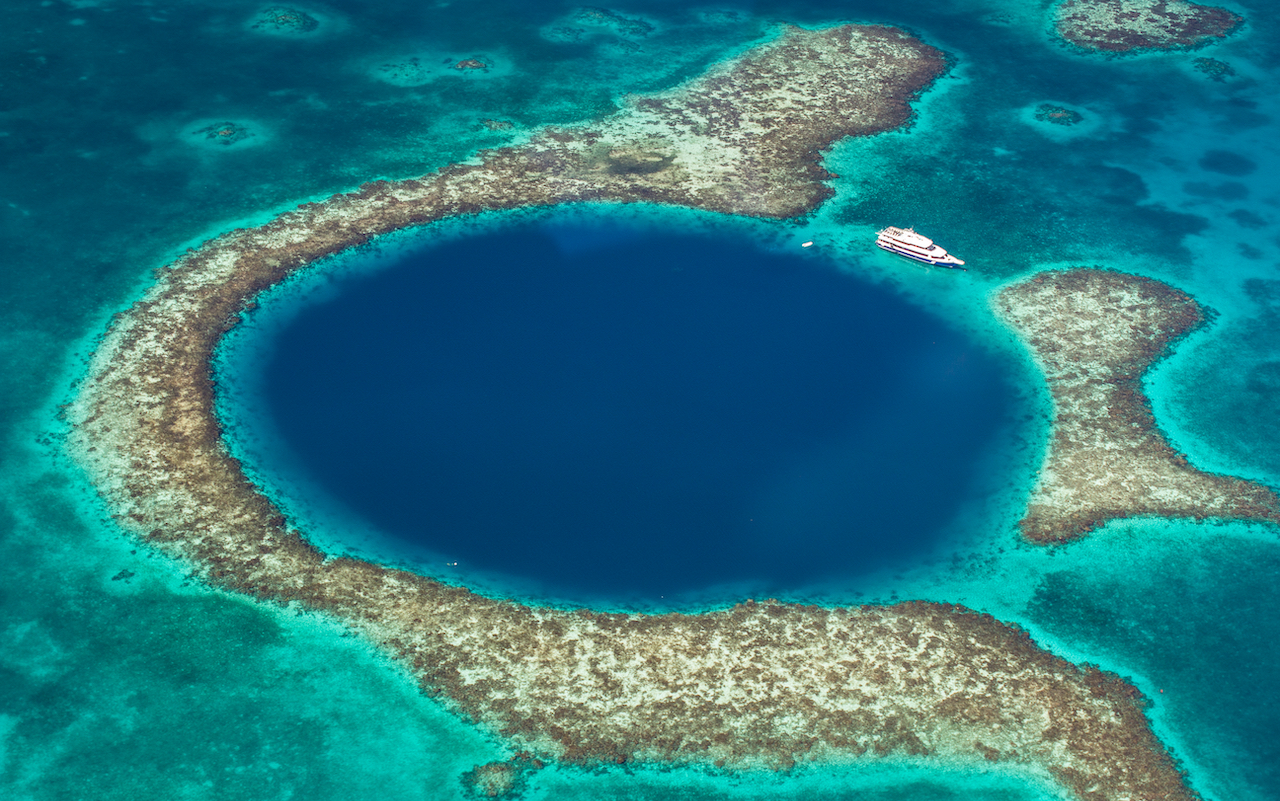
Where to see them: Some of the best examples are the Great Blue Hole off the coast of Belize in the Caribbean, and at Dwerja, Malta, which overlooks the Azure Window.
4. Canyons
When it comes to witnessing the power of the natural world, vast canyons have the ability to emphasise our relative tininess when compared to the natural forces of the universe.
This is particularly so when referring to those canyons that have been carved out by wind and water erosion over the course of several millennia.
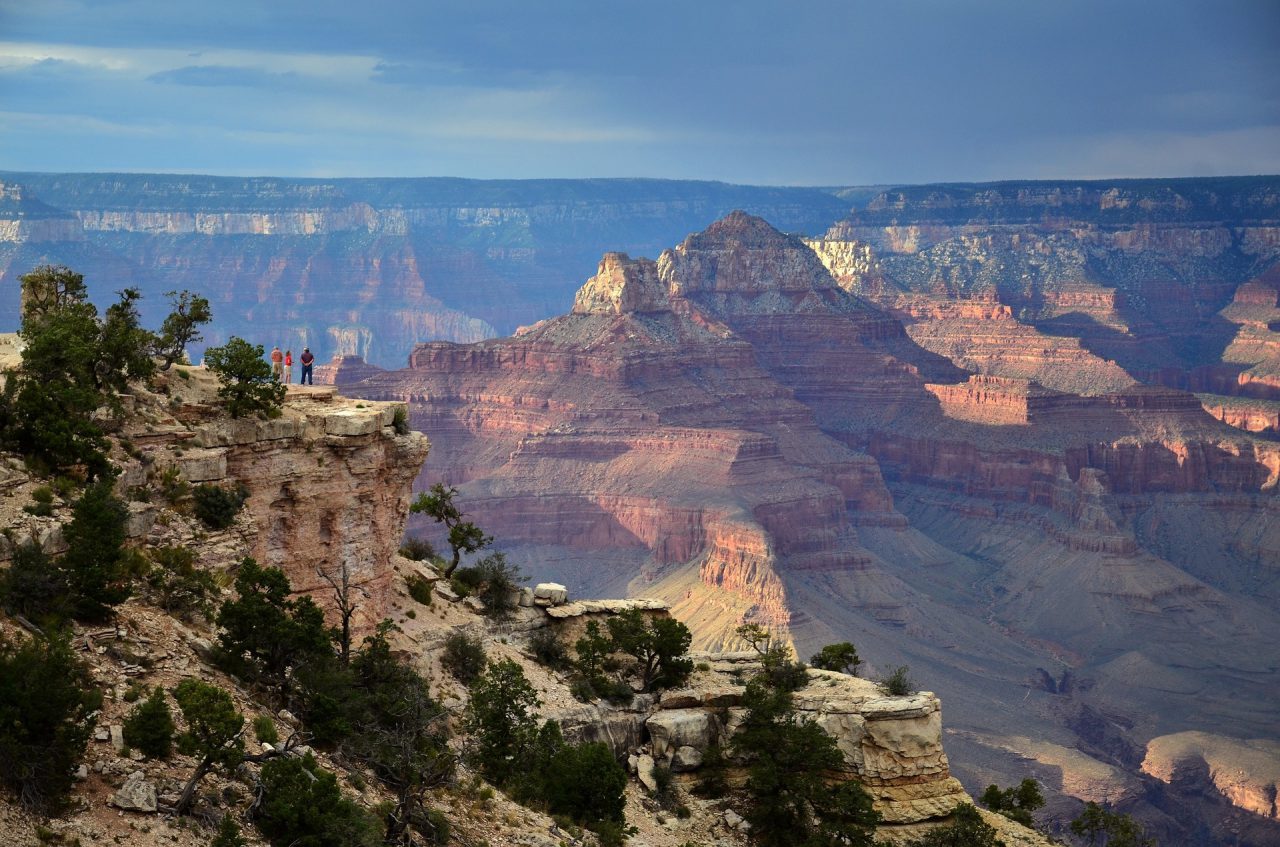
Where to see them: Some of the world’s most famous, must-visit canyon destinations include the USA’s Grand Canyon (above), Namibia’s Fish River Canyon (Africa’s largest) and South Africa’s spectacular Blyde River Canyon, the world’s largest green canyon.
5. Geysers
Geysers are hot springs that intermittently eject water and steam forcibly into the air, creating some of Mother Nature’s most thrilling displays.
Because there are only a few places around the world where the perfect combination of conditions exists to form them, geysers are indeed one of earth’s rarest natural formations.
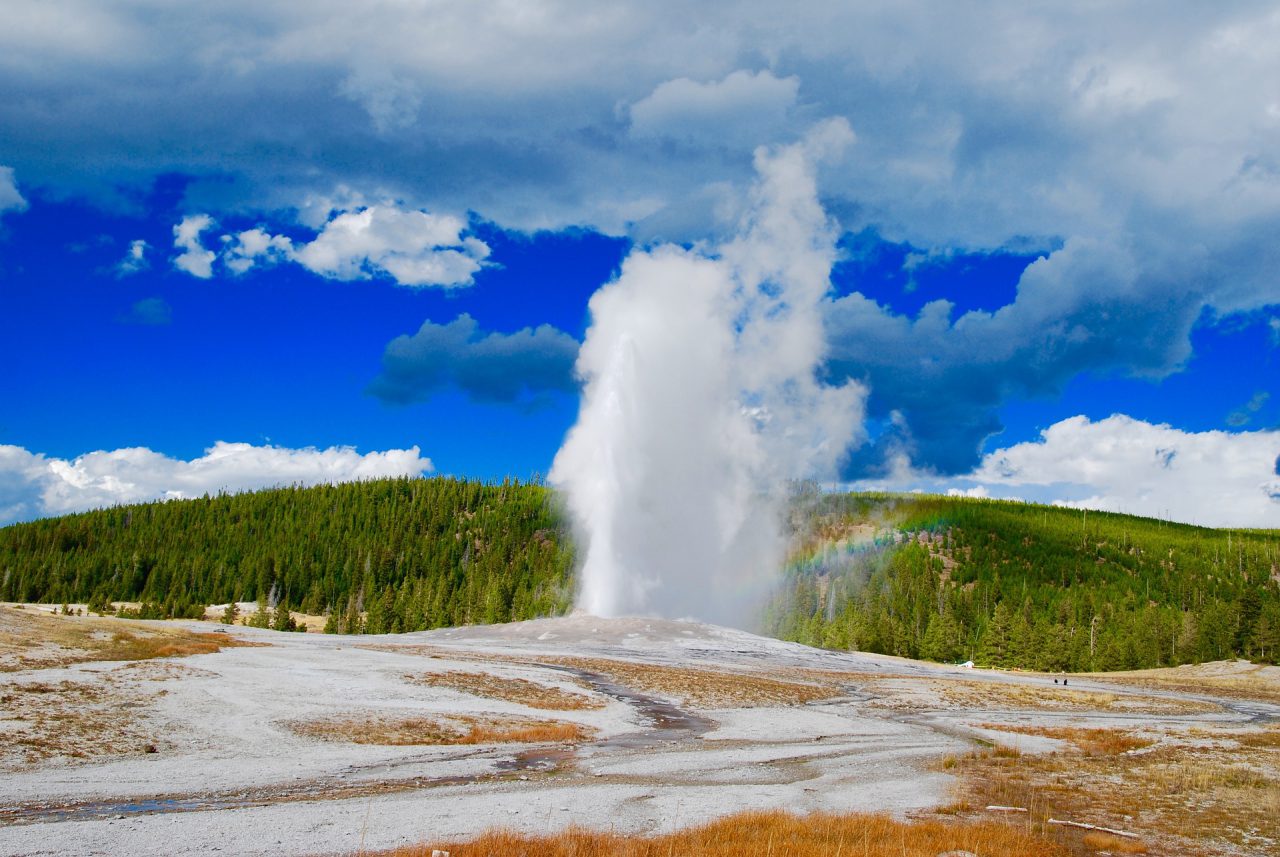
Where to see them: Some of the best-known geyser attractions can be found in USA’s Yellowstone National Park (above), the Taupo Volcanic Zone in New Zealand, and throughout the volcanically active island nation of Iceland.
6. Glaciers
Formed over centuries by snow falling and compacting into thick layers of ice, glaciers are like massive rivers of ice that have the ability to carve out incredible crevasses, canyons and other impressive land formations.
Whether you view these icy behemoths from a helicopter, polar cruise liner or up close on foot on a glacier-trekking tour, there’s no doubt that any time spent on the ice will leave you with lifelong memories.
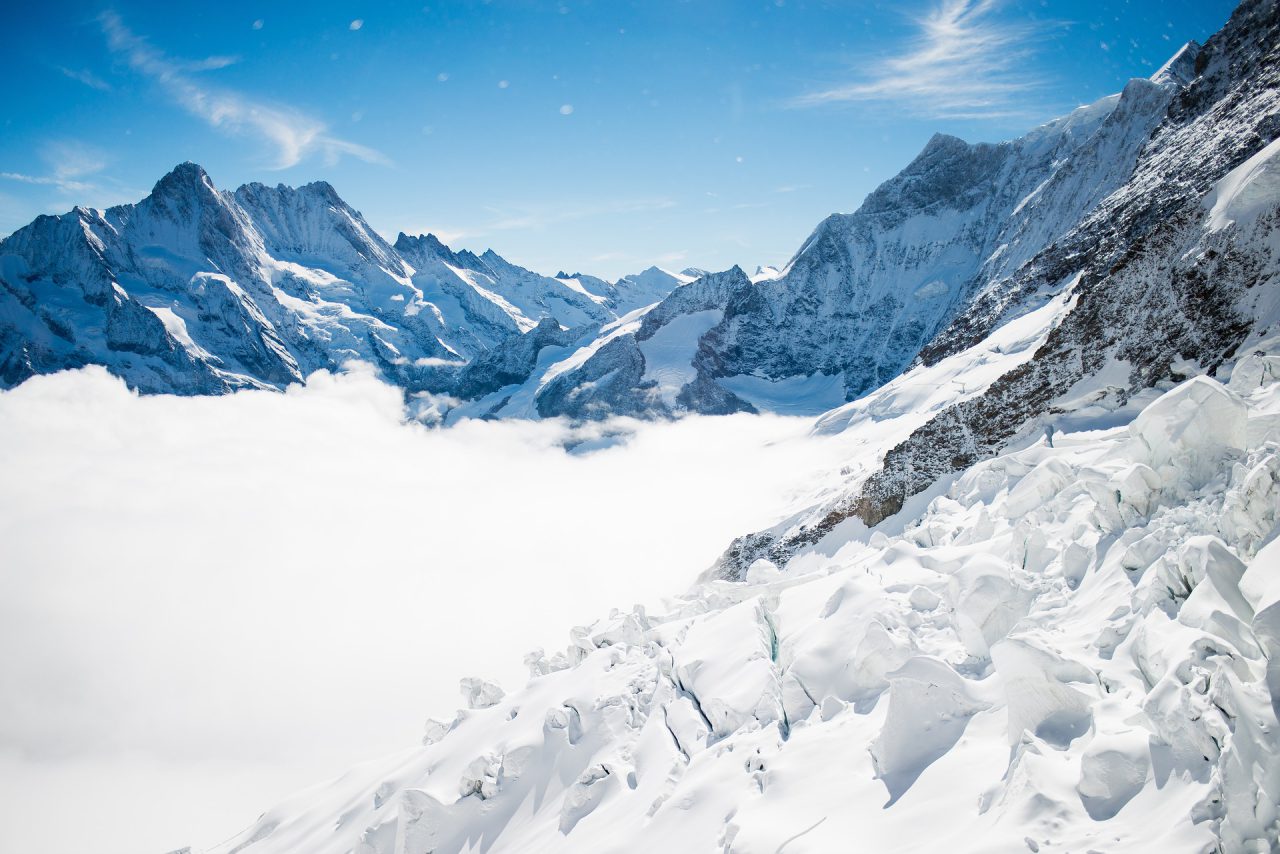
Where to see them: Though predominantly found in the world’s polar regions, glaciers can also be encountered among high-altitude mountain ranges, such as the Andes, Alps (above), and the Himalayas.
7. Salt Pans
If otherworldly landscapes supply the backdrops to your travel dreams, then a trip to a salt pan should definitely be added to your bucket list.
Vast and flat expanses of earth covered in salt and other minerals, salt pans are generally found in deserts. They form seemingly endless horizons of sparkling white and provide opportunities for some truly iconic and creative travel snapshots.

Where to see them: Salar de Uyuni (above), the largest and most famous of earth’s salt pans can be found in Bolivia, covering an almost endless 10,500 sq km.
8. Spring flowers in Namaqualand, South Africa
Every year between August and October, the Southern African semi-desert region of Namaqualand is blanketed in a kaleidoscopic carpet of spring flowers in hues of white, orange, yellow and lilac.
Stretching along the west coast of South Africa into Namibia, this region is an expansive stretch of countryside that is sparsely populated and relatively unspoiled by development.
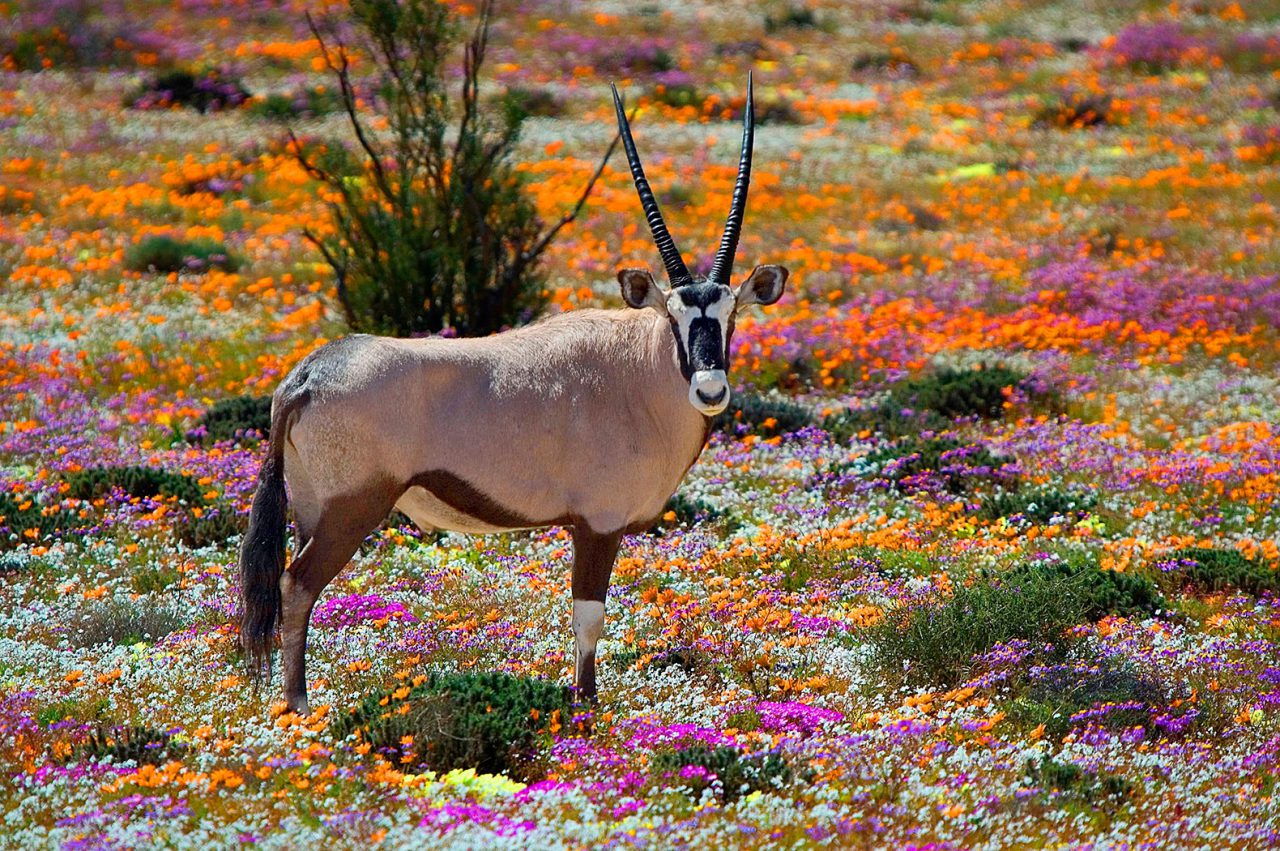 Because of this, as well as its sensational springtime explosion of colour, Namaqualand is a popular attraction for both local and international tourists and one destination that should be added to any nature-lover’s bucket list.
Because of this, as well as its sensational springtime explosion of colour, Namaqualand is a popular attraction for both local and international tourists and one destination that should be added to any nature-lover’s bucket list.
9. The Dead Sea, Israel, Palestine, and Jordan
The Dead Sea is not only one of the world’s saltiest bodies of water, but sitting at more than 400m below sea level, it is also the planet’s lowest point on land.
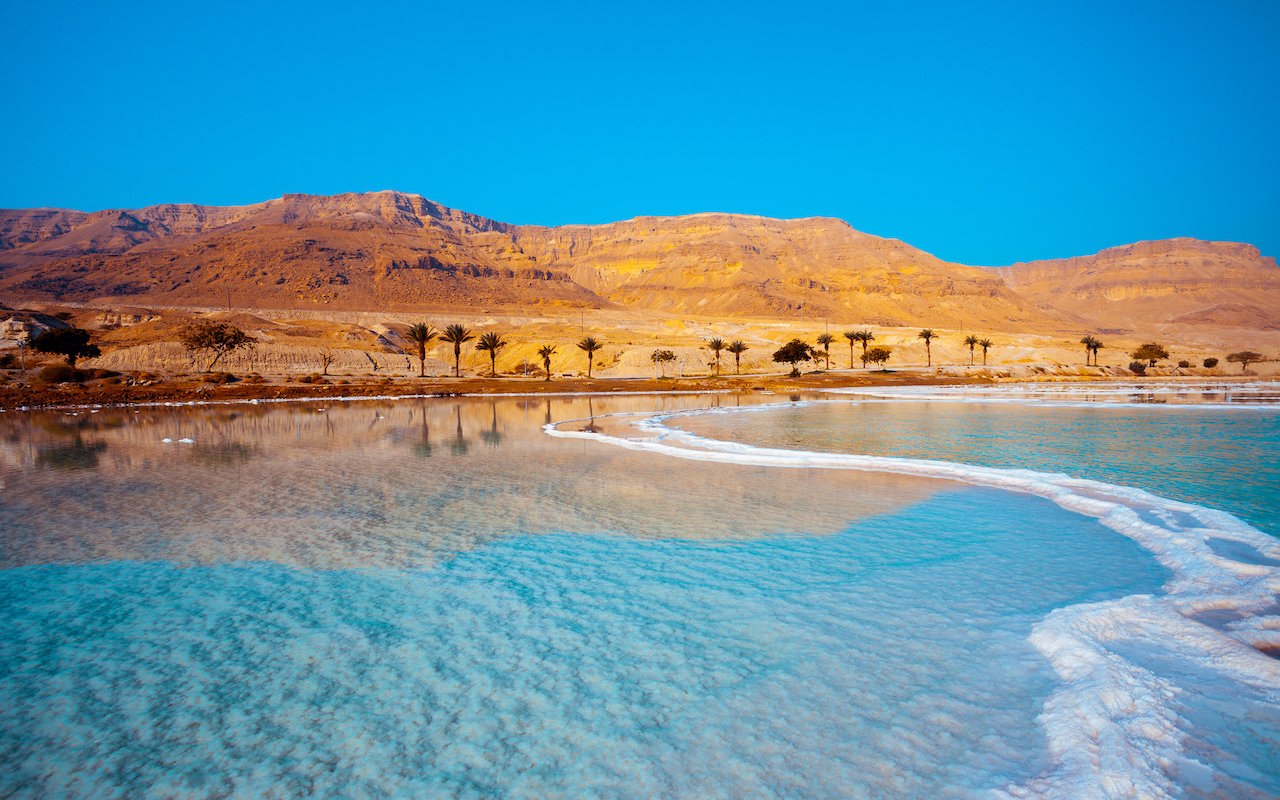
Because of its hypersalinity, the Dead Sea has a density that famously allows visitors to float. This feature, in conjunction with the stark desert environment in which it’s located, makes the Dead Sea a truly astonishing setting for once-in-a-lifetime travel adventures.
10. Waterfalls
Perhaps it’s the constant and never-ending stream of thundering water, or maybe it’s the magnificent surroundings that generally accompany them, but whatever the reason, visiting waterfalls has long been one of the most sought-after experiences by world travellers. Because beautiful waterfalls can be found all over the world, these are arguably the most accessible natural phenomena.
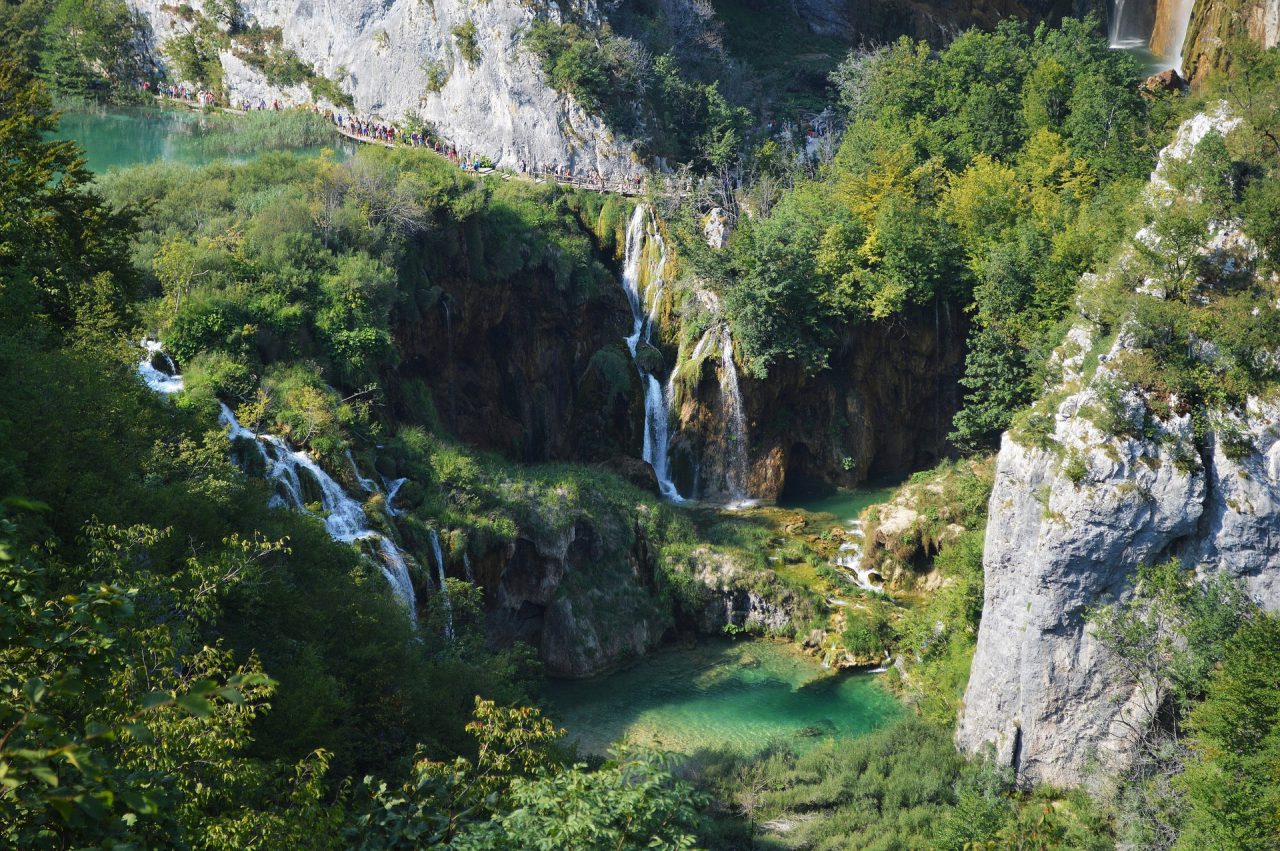
Where to see them: Our list of must-see waterfalls would have to include the Victoria Falls (Zimbabwe and Zambia), Iguazu Falls (Brazil and Argentina) and the cascading falls found in Croatia’s Plitvice Lakes National Park (above).
Please check the establishments’ respective websites for opening hours as well as booking and seating requirements before visiting, and remember to adhere to safe-distancing measures while out and about.
The information is accurate as of press time. For updated information, please refer to the Ministry of Foreign Affairs’ website.
To learn more about Singapore Airlines flights, visit singaporeair.com.
SEE ALSO: This off the beaten trek in Nepal is one for the bucket list
This article was originally published by Singapore Press Holdings on 23 August 2017 and updated on 8 June 2021.



